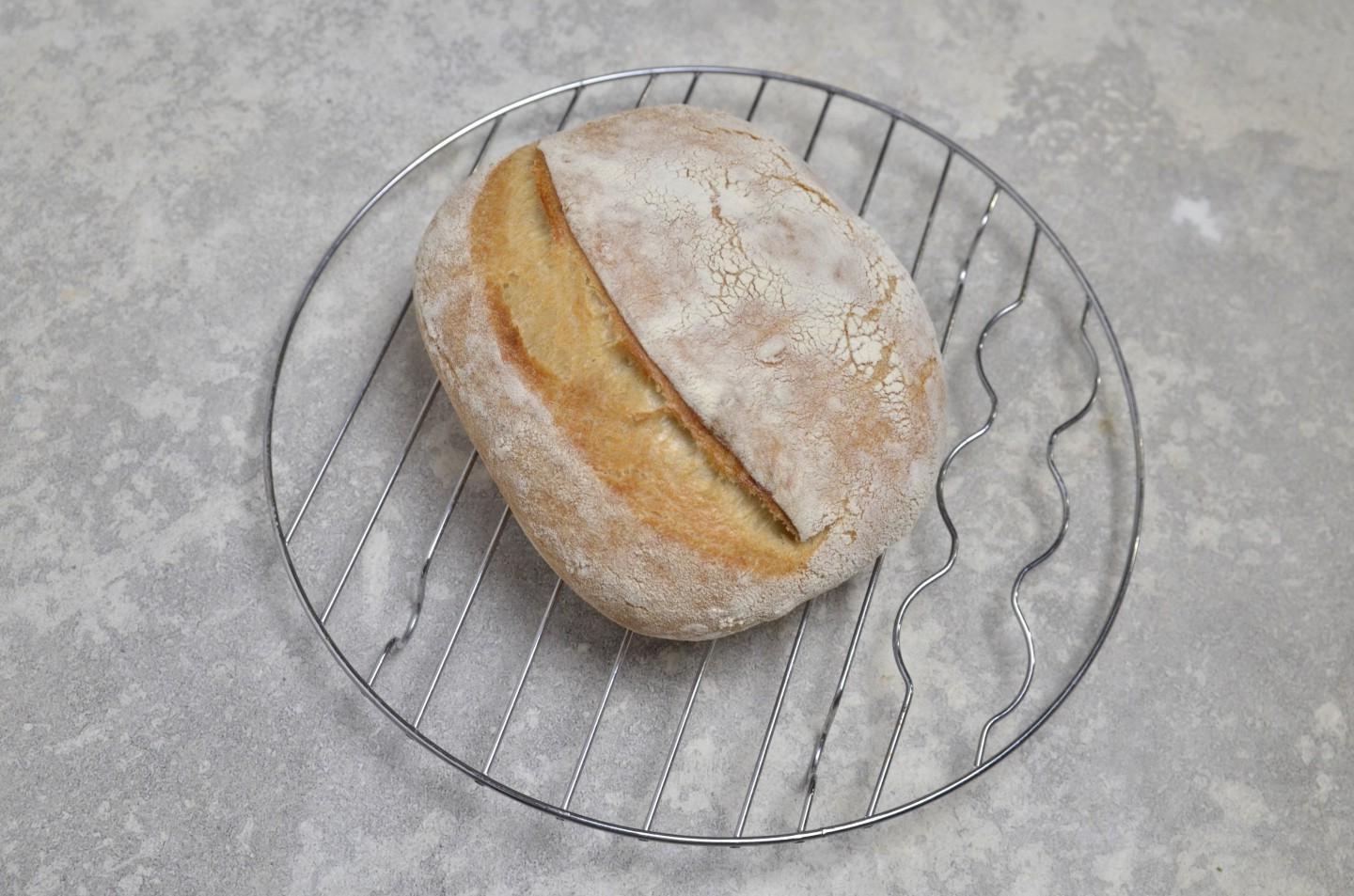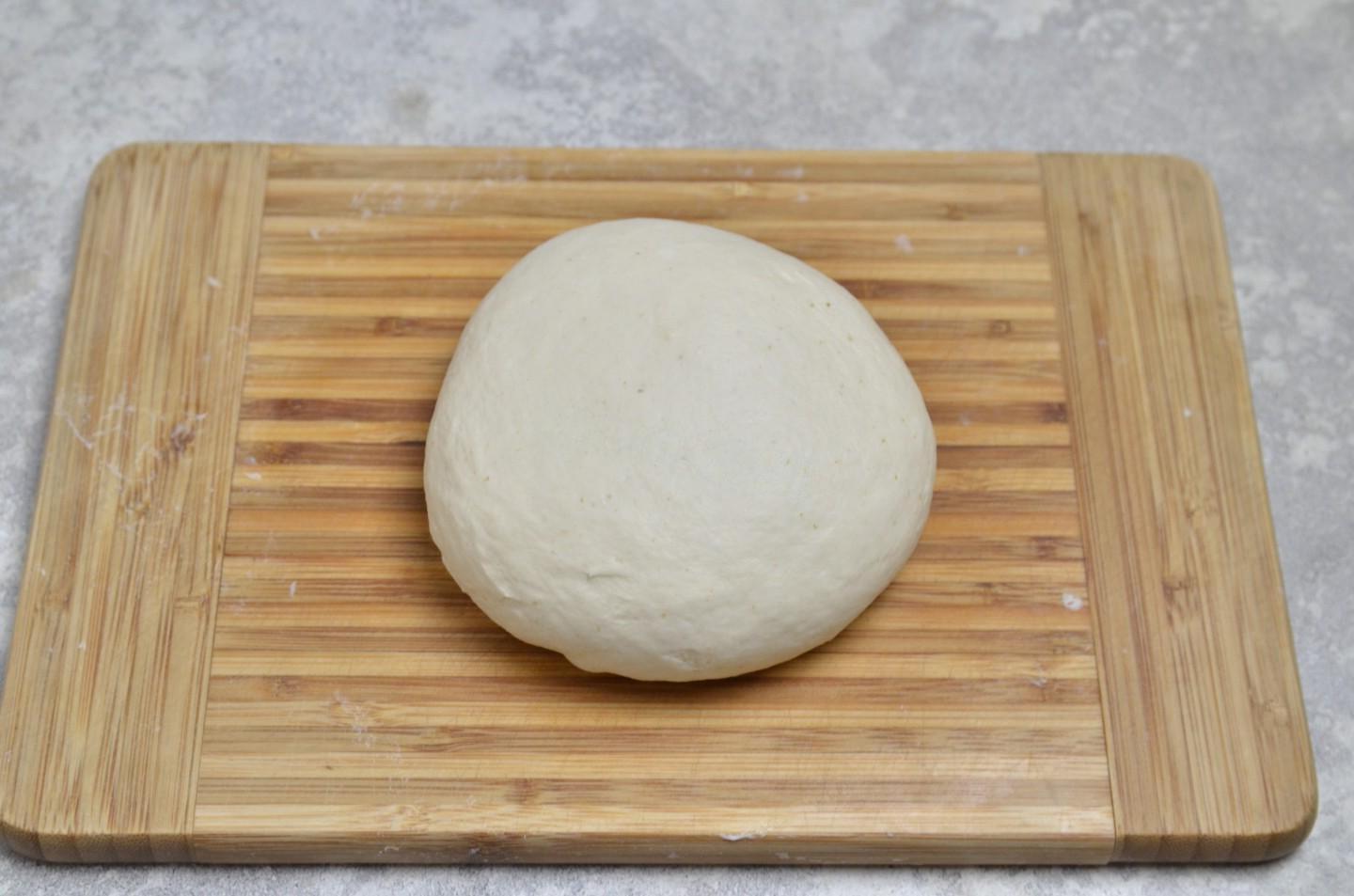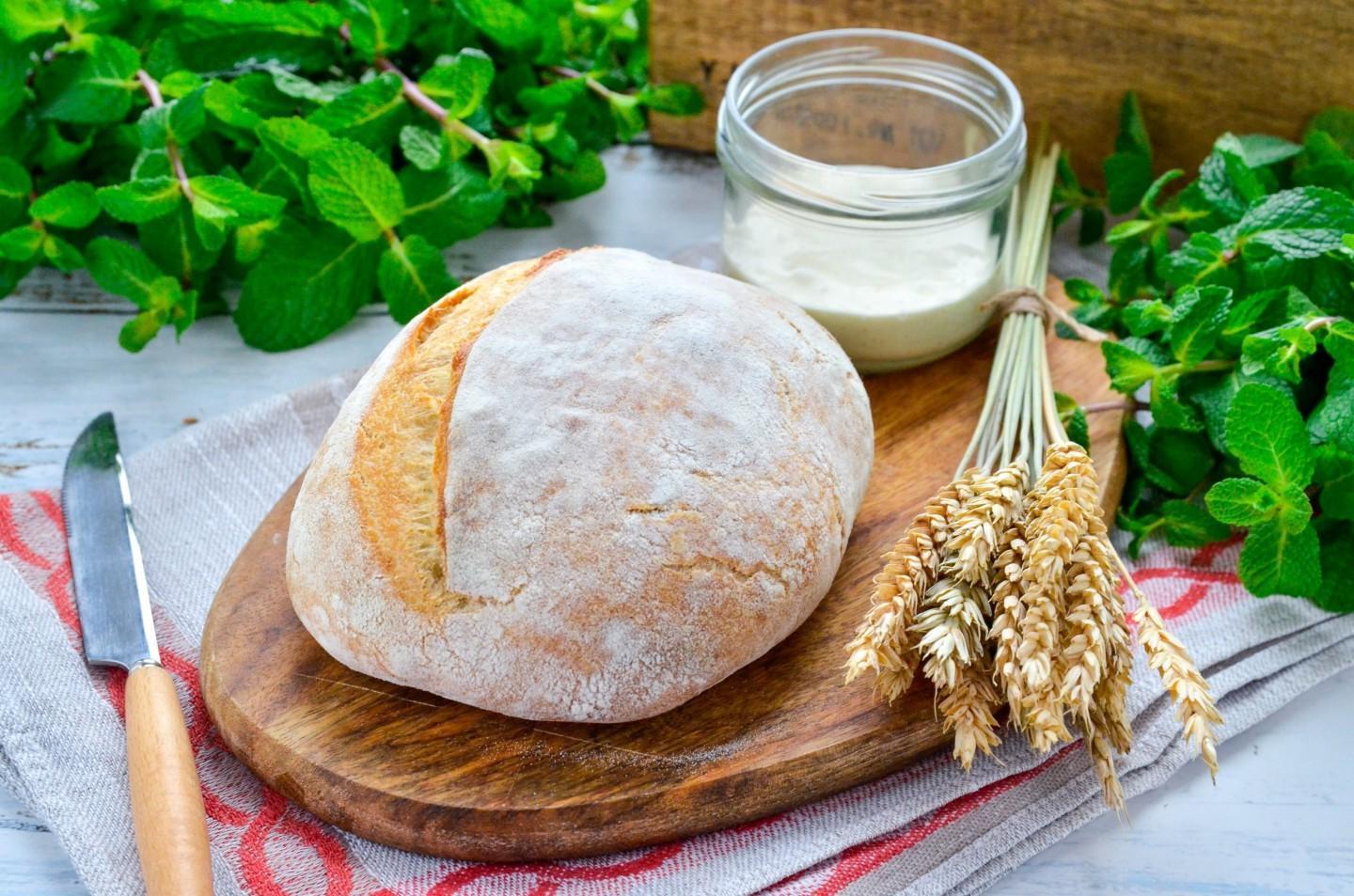Homemade No-Yeast White Sourdough Bread
Youʼll ditch the store bought ones if you try this one! White sourdough bread is baked in the oven and without the use of yeast at all. It turns out healthy, with an indescribable aroma and taste. To bake such bread, you will have to be patient, although the process itself is very simple.
cook time:
24h
Noah Merrick
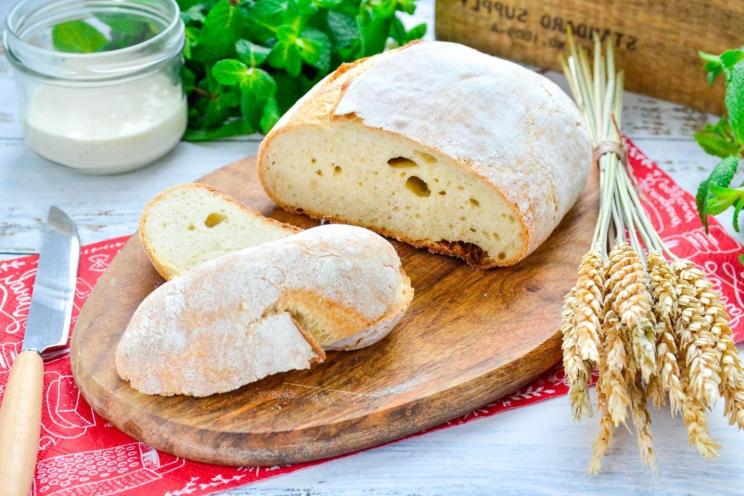
Nutrition Facts (per serving)
238
Calories
2g
Fat
41g
Carbs
7g
Protein
Ingredients (1 portion)
Basic:
Salt
6 g
Wheat flour
275 g
Butter
12 g
Water
140 ml
Honey
12 g
For the dough:
Wheat flour
50 g
Water
50 ml
Ready starter
10 g
Recipe instructions
Step 1
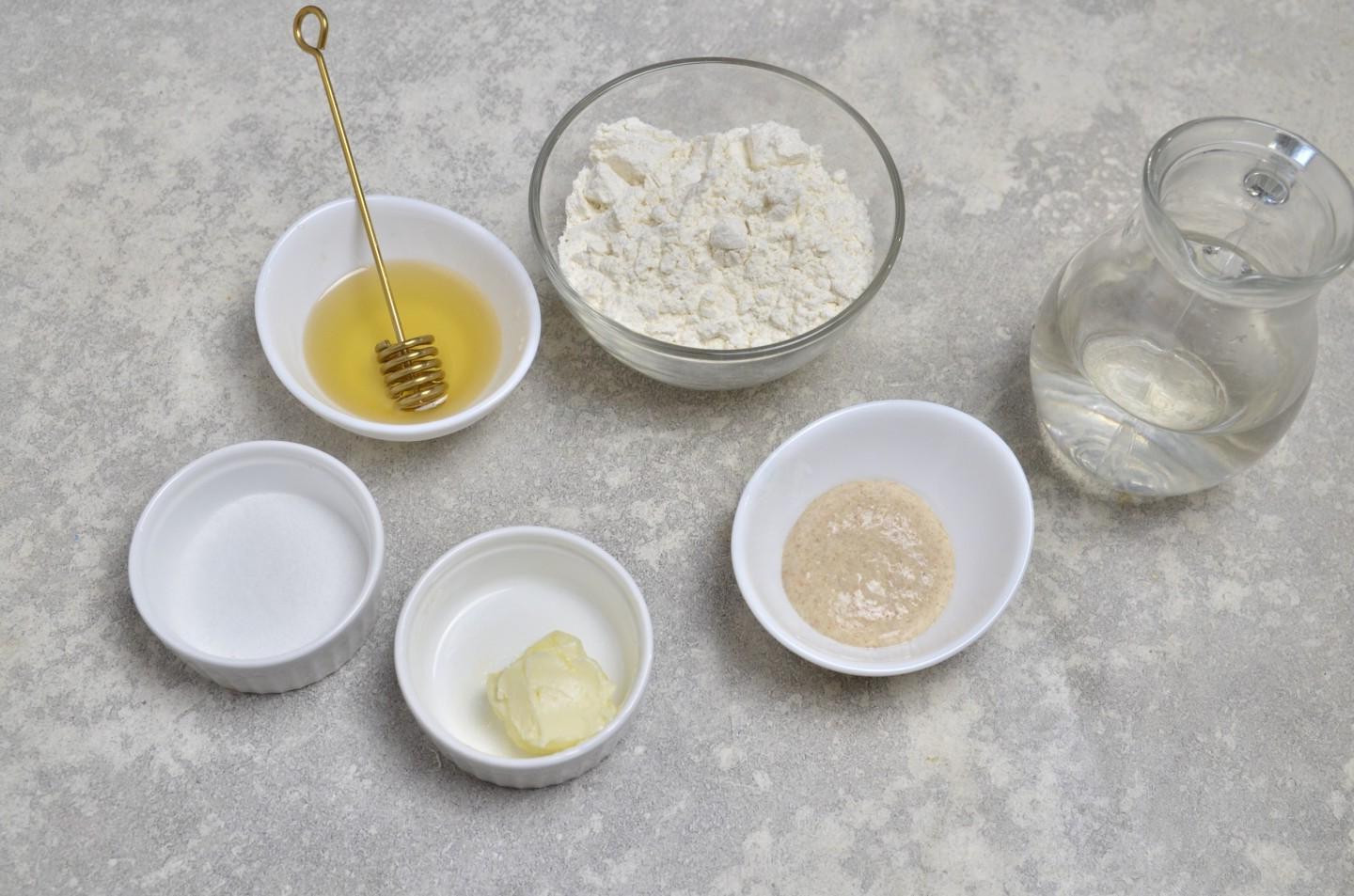
Step 2
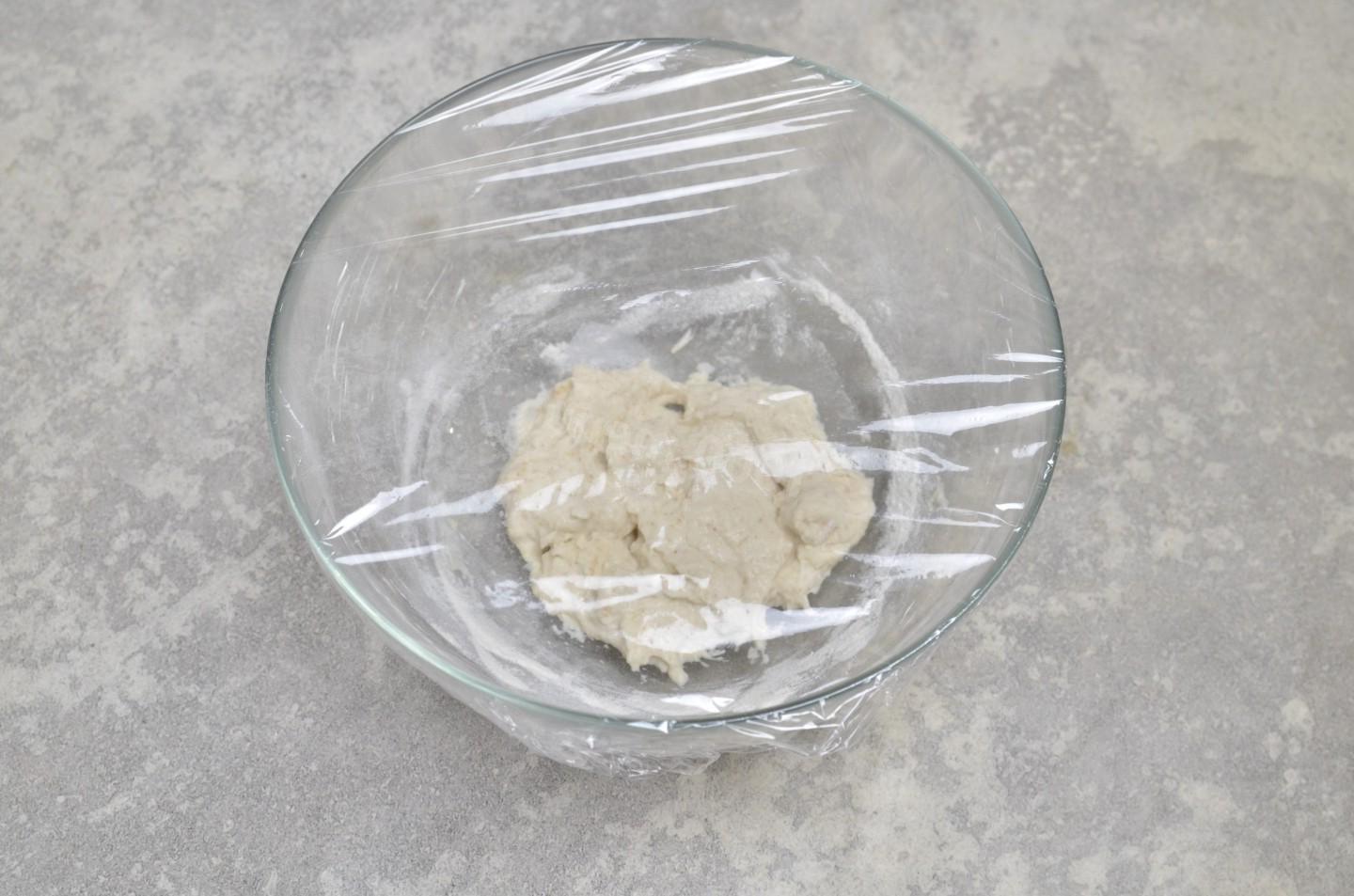
Step 3

Step 4
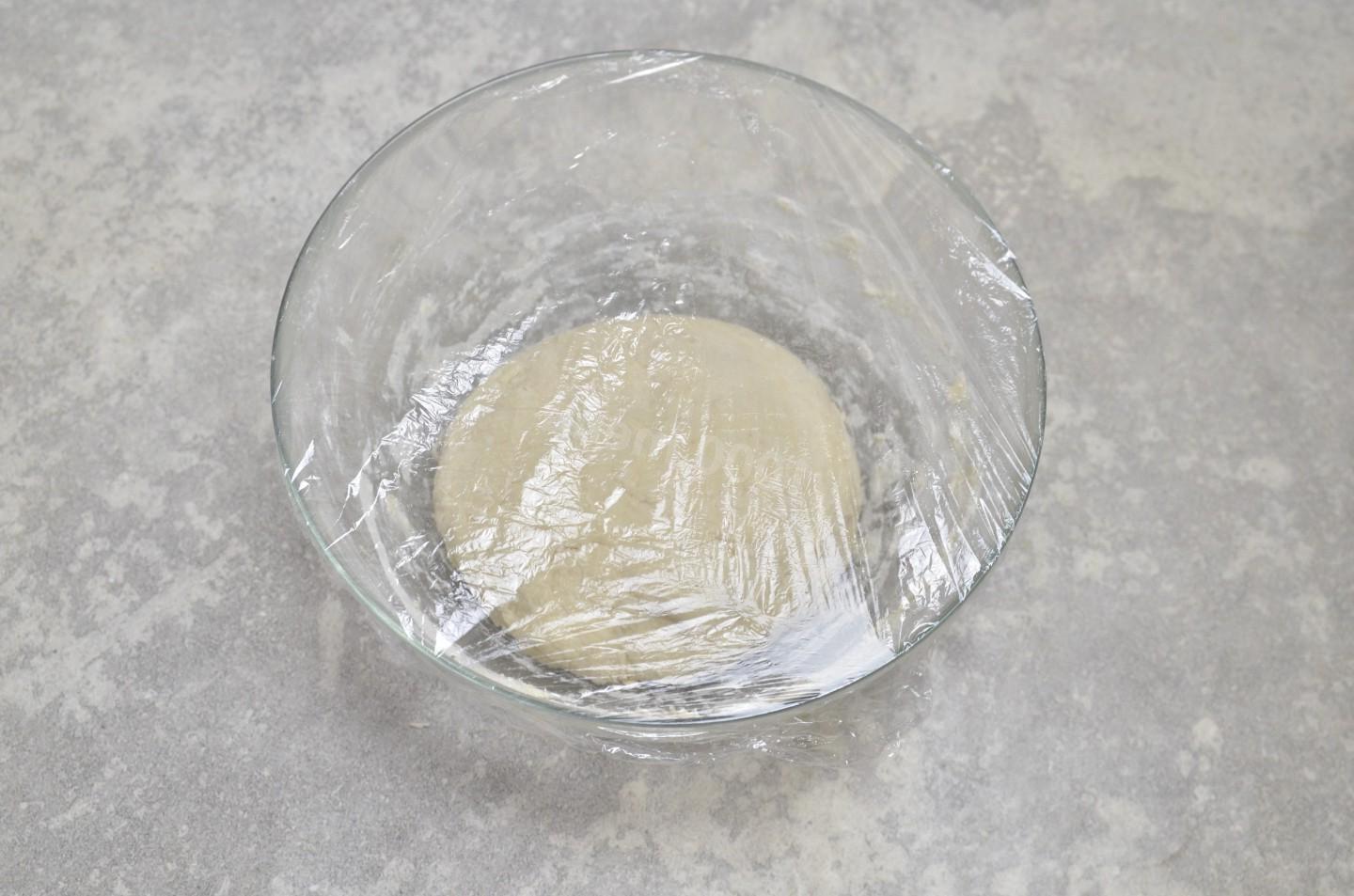
Step 5
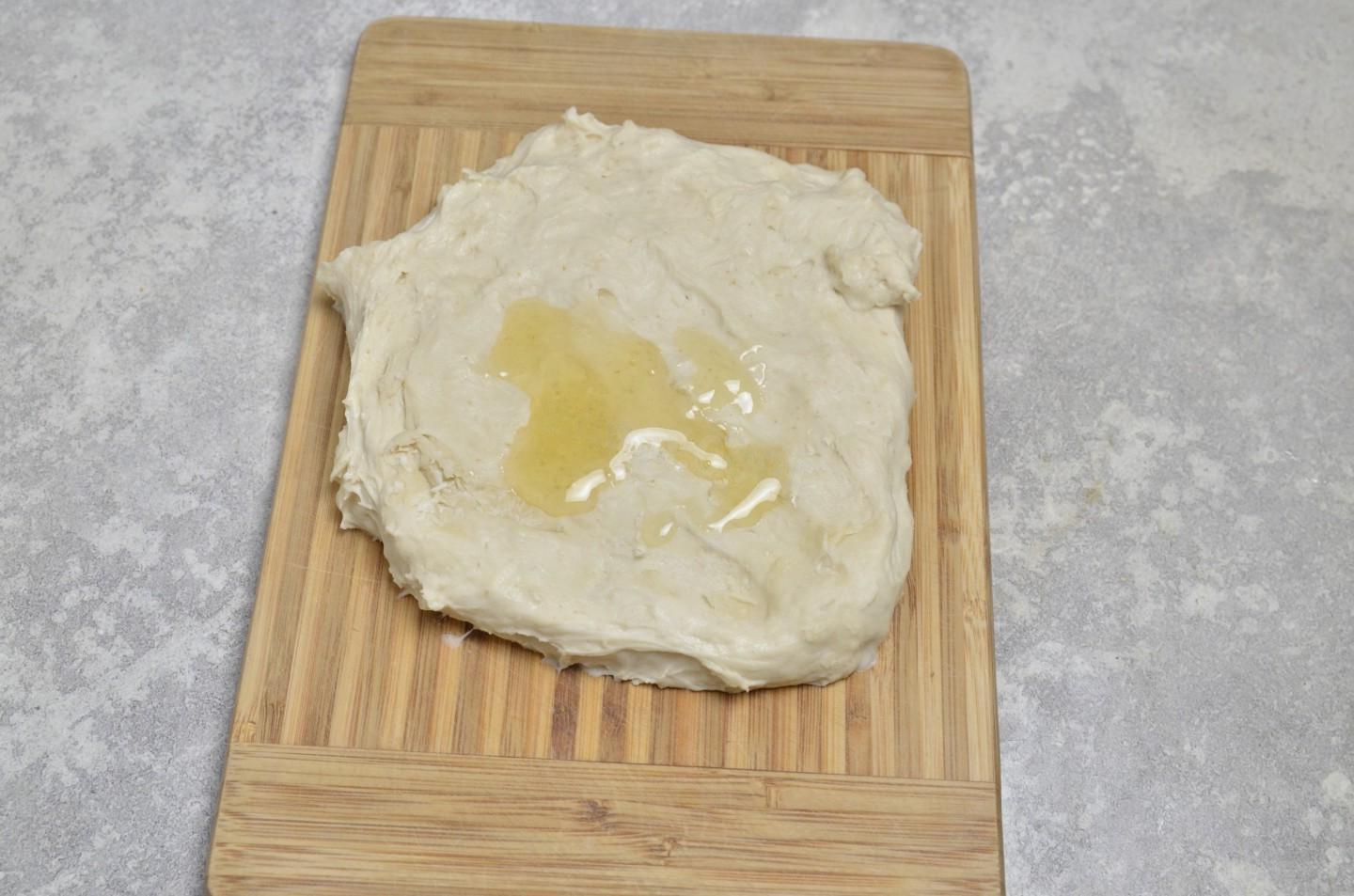
Step 6
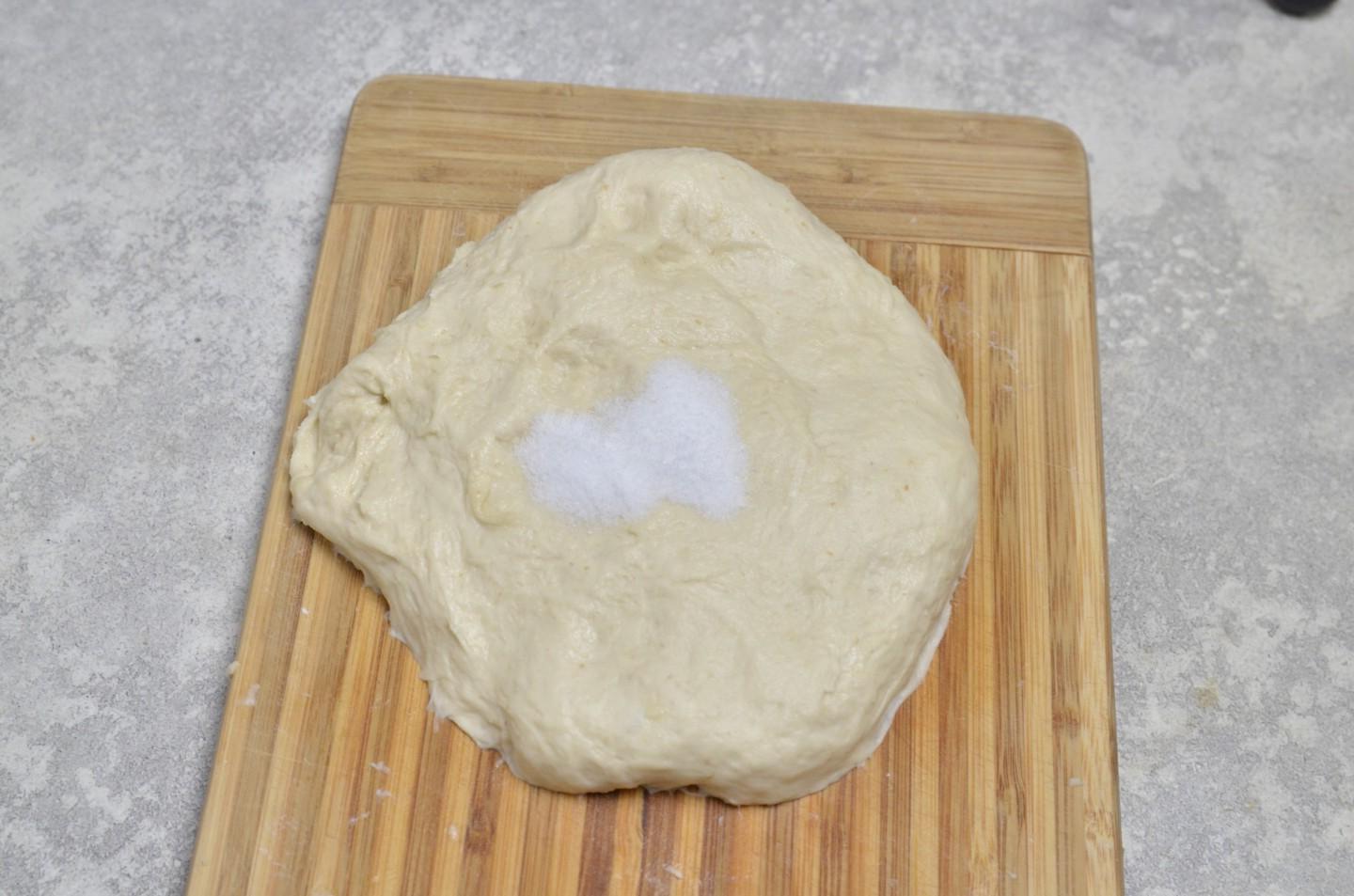
Step 7
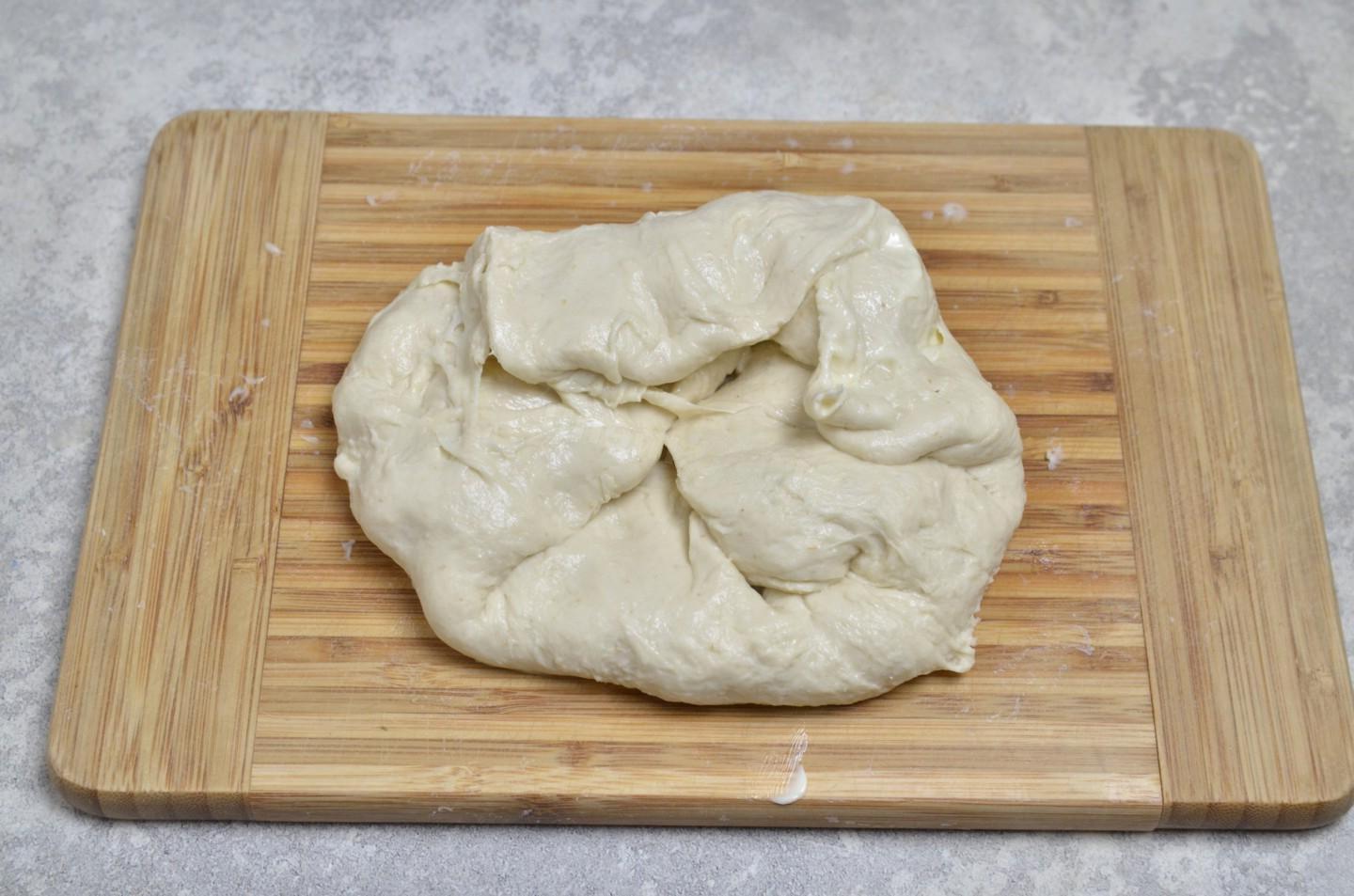
Step 9
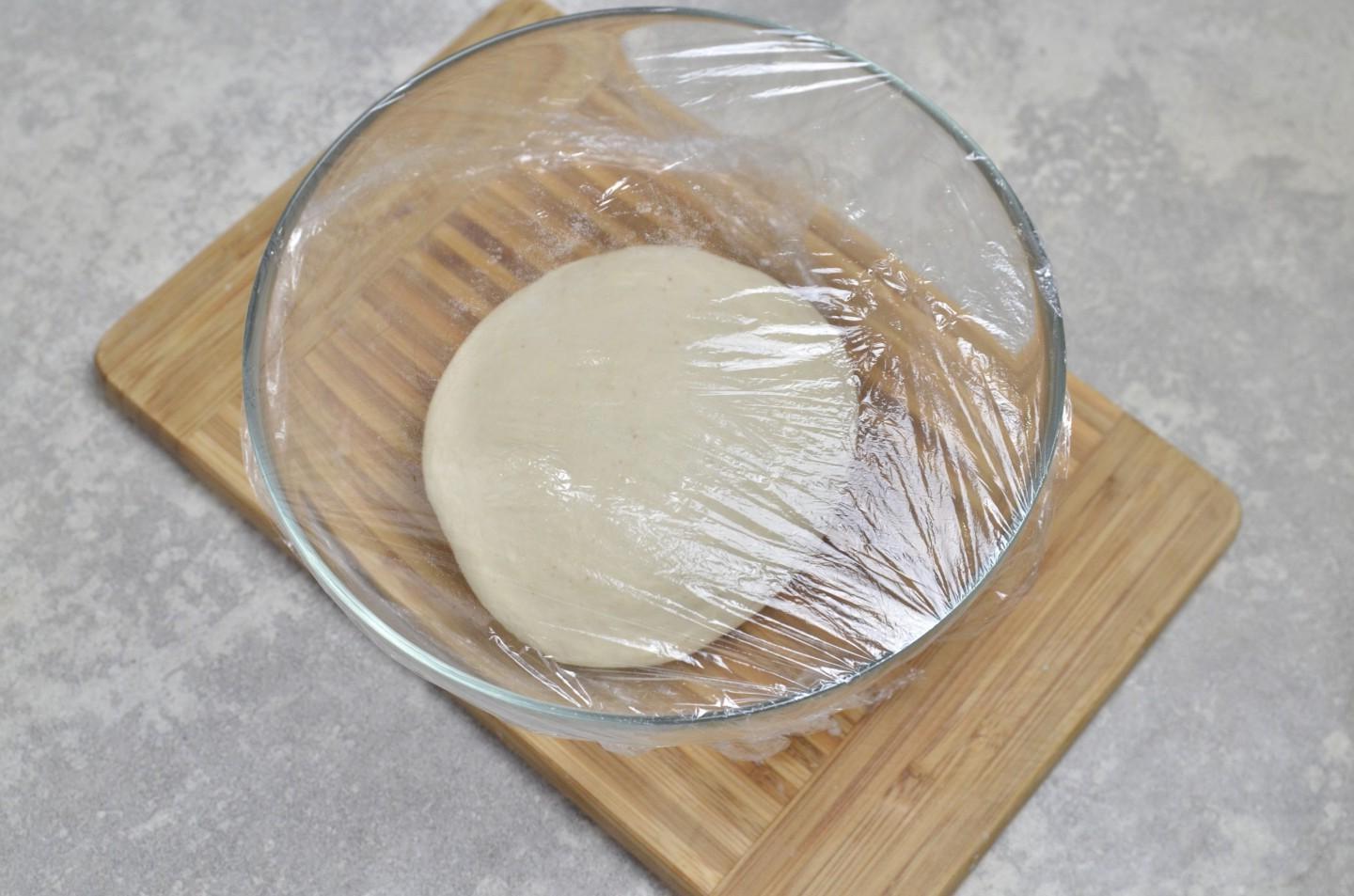
Step 10

Step 11
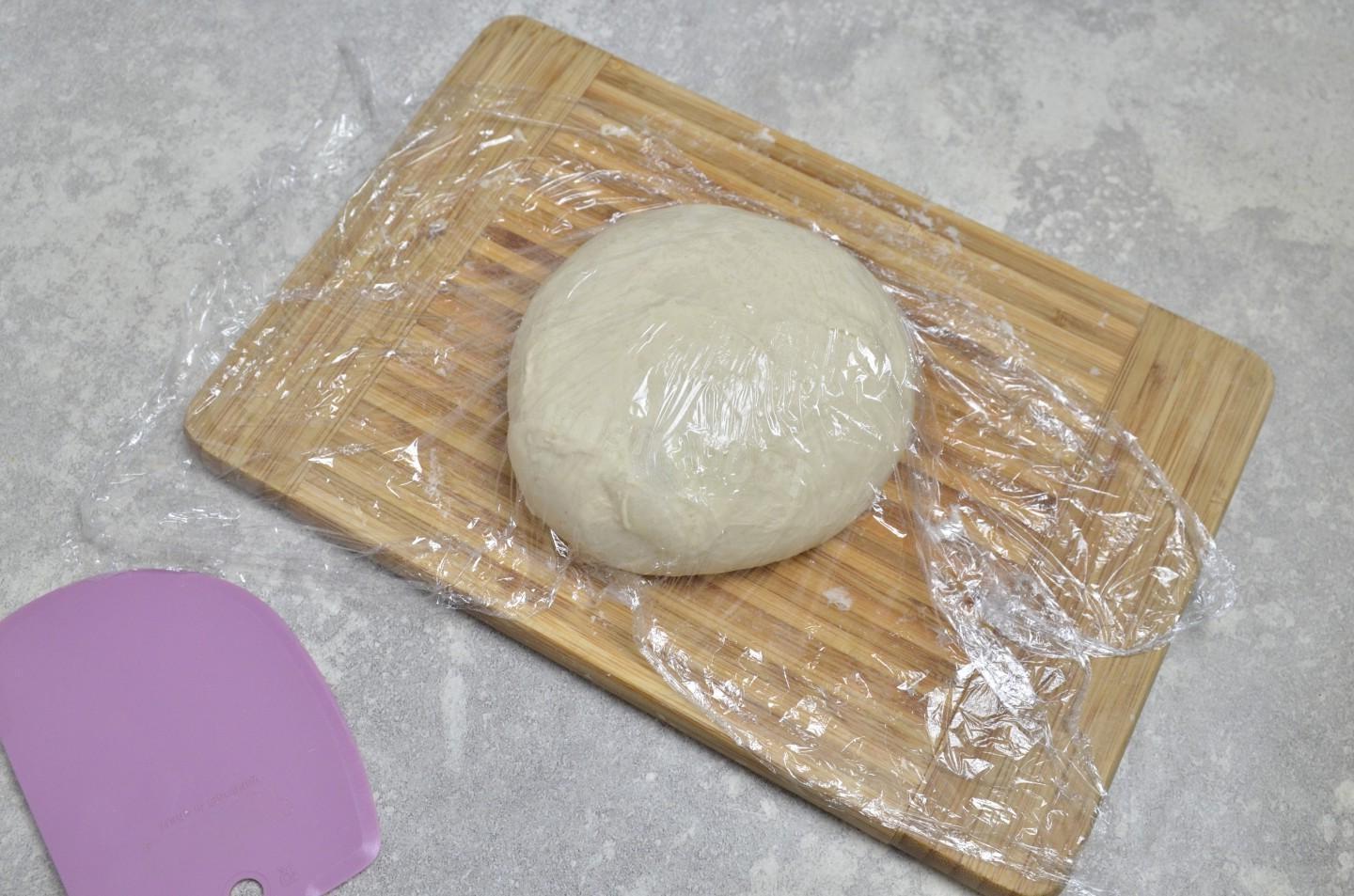
Step 12
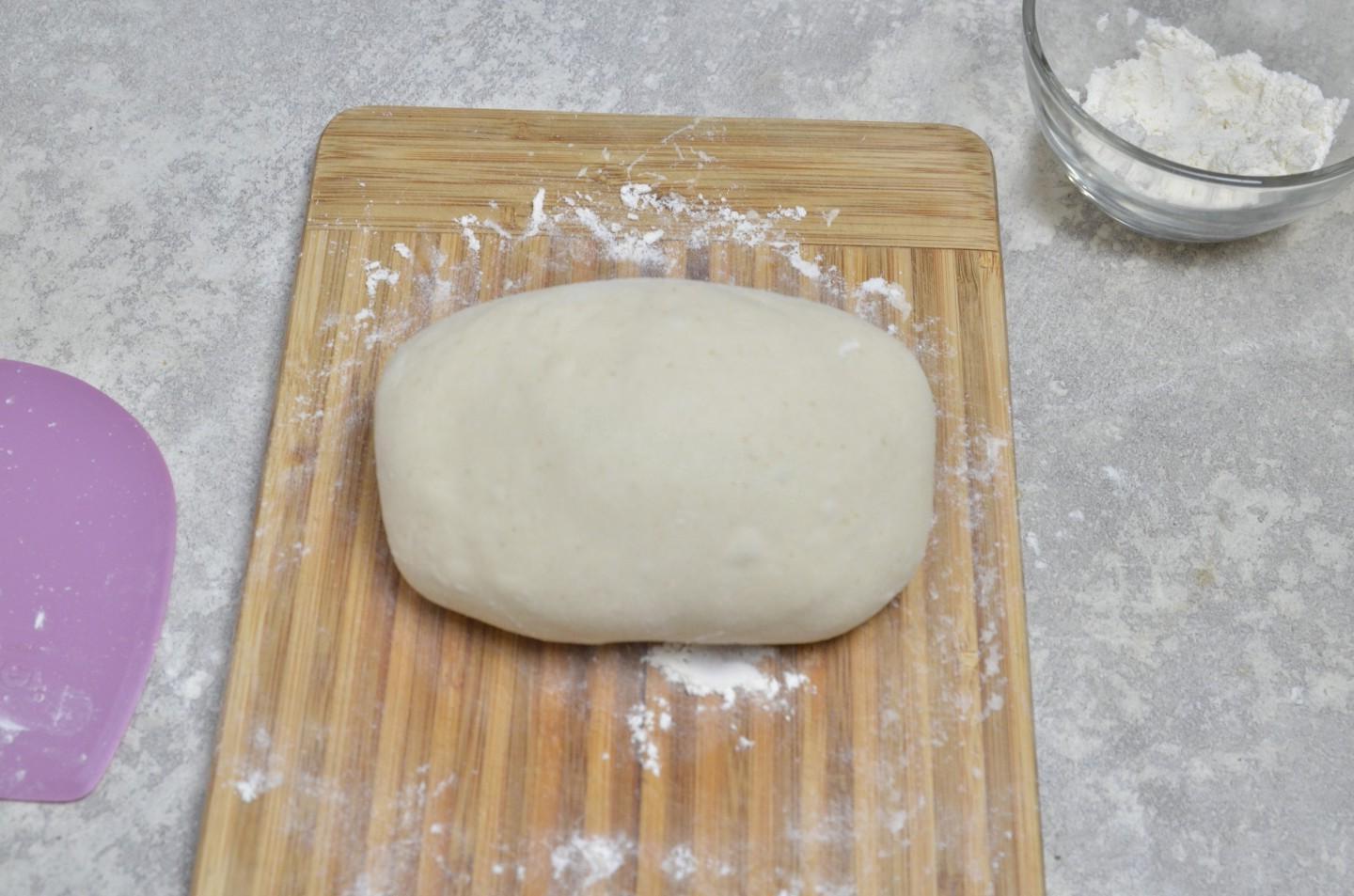
Step 13
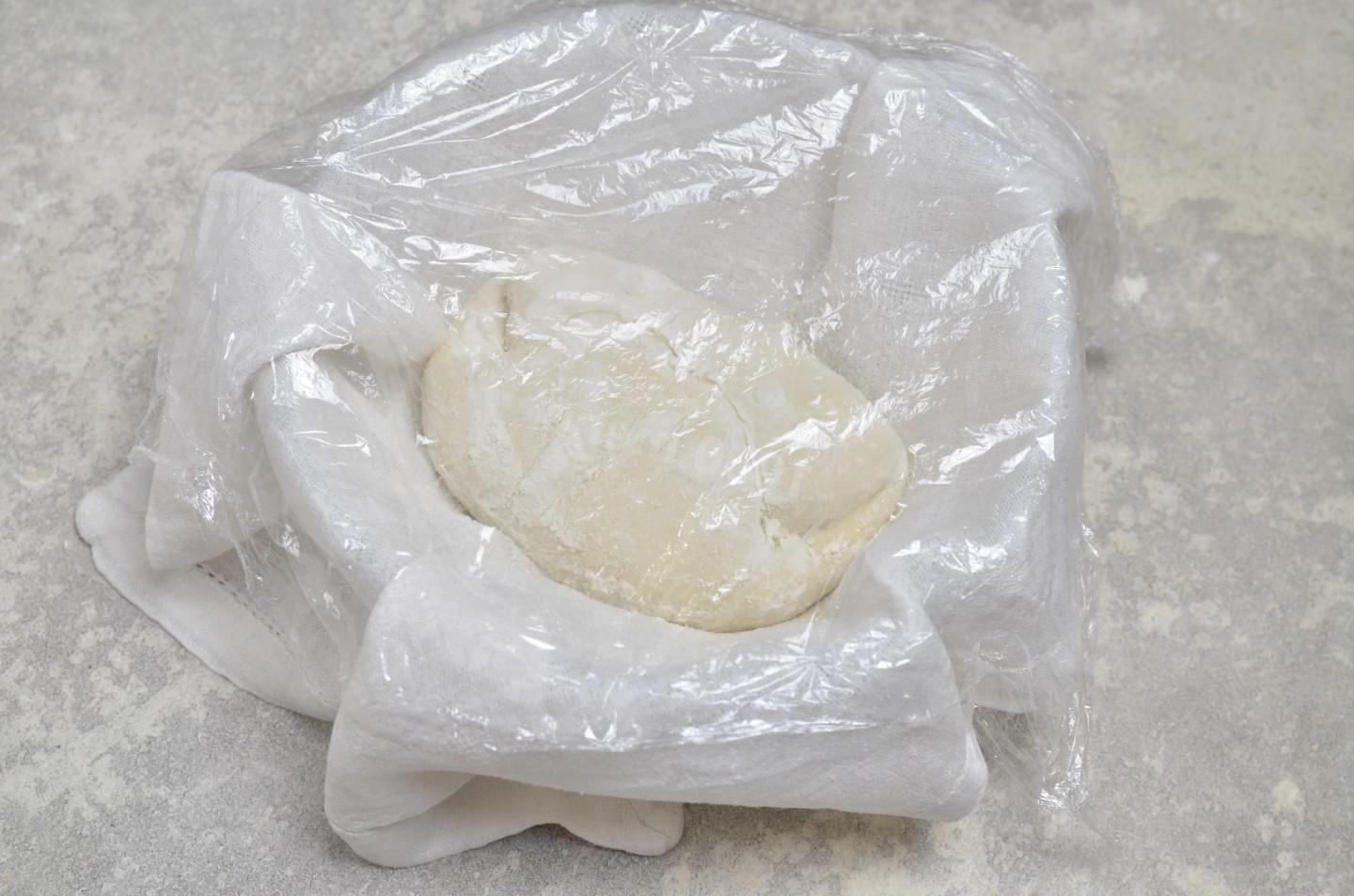
Step 14
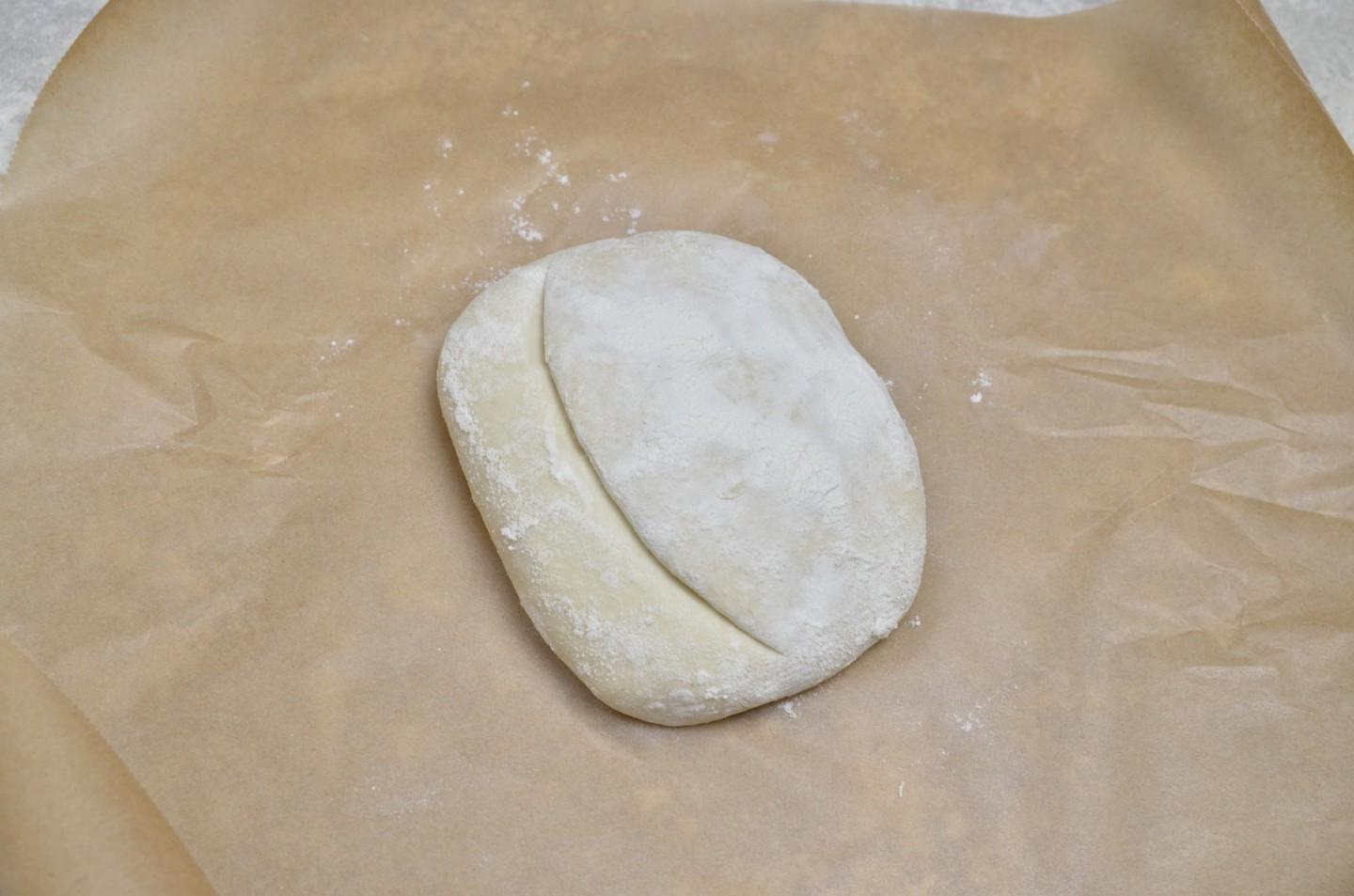
Step 15
